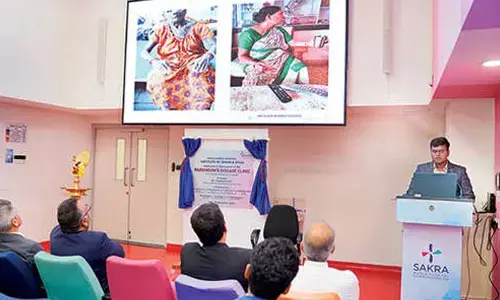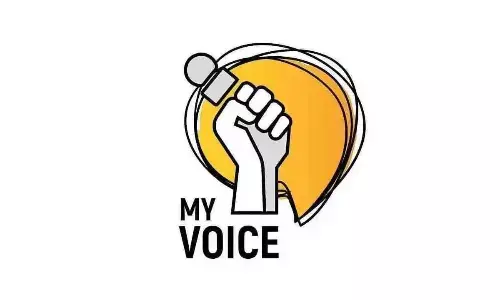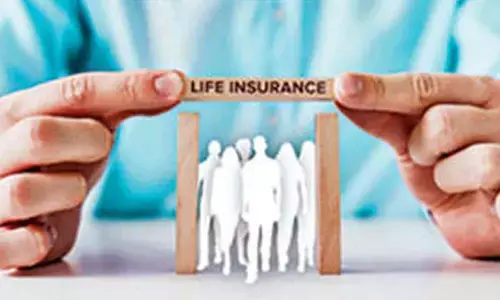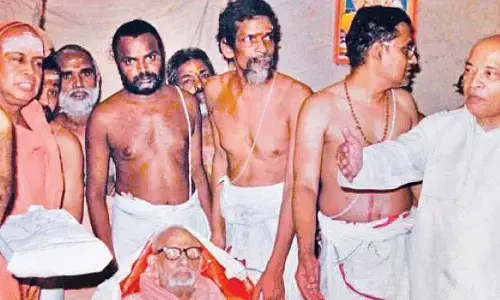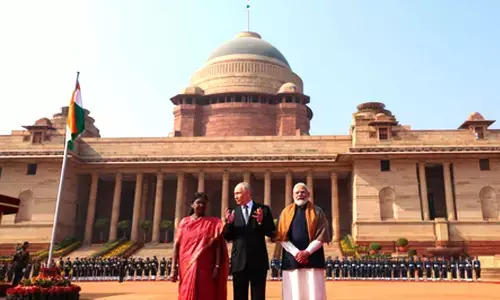Making prescription of generic drugs mandatory and associated issues
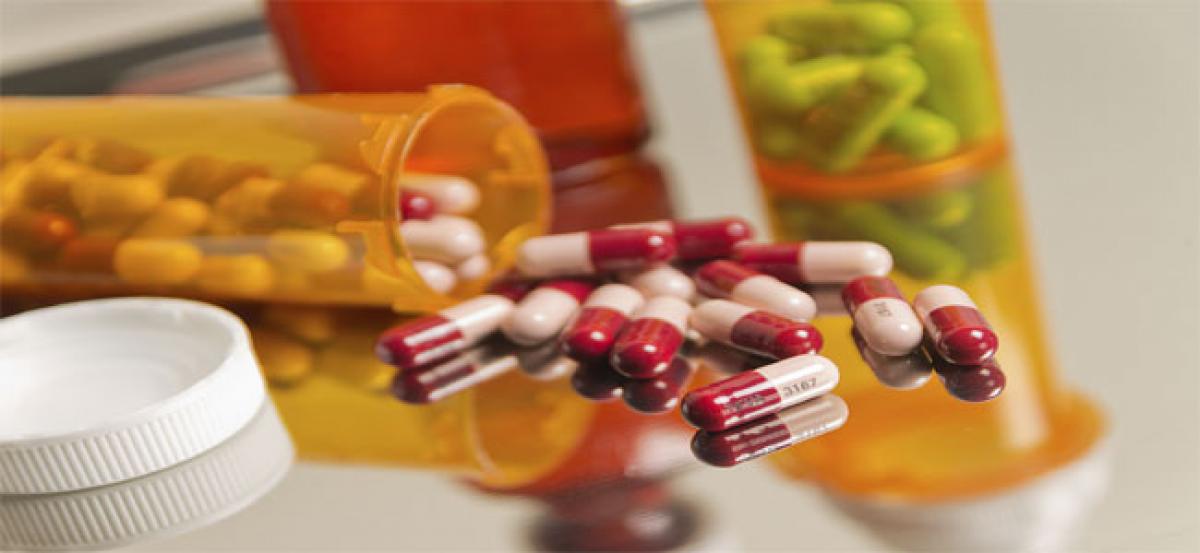
The Government of India has championed setting up Jan Aushadhis, which are pharmacies selling only generic name medicines to the extent possible, giving preference to pharmaceutical public sector undertakings (PSUs) too.There are not enough Jan Aushadhis, possibly less than 3,000 against the more than eight lakh retail pharmacies in existence, with many rural areas still underserved.
Steps taken in this regard
- The Government of India has championed setting up Jan Aushadhis, which are pharmacies selling only generic name medicines to the extent possible, giving preference to pharmaceutical public sector undertakings (PSUs) too.
- There are not enough Jan Aushadhis, possibly less than 3,000 against the more than eight lakh retail pharmacies in existence, with many rural areas still underserved.
- To facilitate Jan Aushadhis, the Drugs Technical Advisory Board (DTAB) in May 2016 considered amending Rule 65 (11A) of the Drugs and Cosmetics Act, 1940 so that pharmacists can dispensegeneric name medicines and/or equivalent brands against prescriptions in brand names.
- The DTAB rejected the idea citing that the bioavailability of a generic drug may not be as good as that of the prescribed brand.
- Bioavailability is a measurement of the extent of a therapeutically active medicine that reaches the systemic circulation and is therefore available at the site of action; whereas bioequivalence is the comparison of the bioavailability of two medicines, say the generic drug and the branded drug.
- This means that the government’s top decision-making body on medicine-related matters does not have confidence in the products manufactured by the government’s own PSUs.
- The DTAB, however, could have recommended bio waivers on bioavailability/bioequivalence (BA/BE) for certain classes of drugs based on their permeability and solubility, a practice followed in countries where healthcare is well regulated.
- BA/BE studies are essential for certain critical dose drugs and drugs of narrow therapeutic range, which are few in number.
- By implication, the DTAB has doubts that generic name medicines in general can have acceptable BA/BE at all. Probably, the DTAB is not confident that India’s regulatory agencies can strictly enforce quality requirements.
Additional information
- A Bureau of Pharma PSUs of India (BPPI) has been established on the 1st of December 2008 comprising all the Pharma CPSUs under the Department of Pharmaceuticals.
- The Bureau will bring about effective collaboration and cooperation in furthering the working and resources of these organizations.
More specifically it would:
1. Co-ordinate marketing of the generic drugs through the Jan Aushadhi stores.
2. Co-ordinate supply of medicines in the State from their own plants, other Pharma PSUs of Central & State Governments and Private Sector.
Coordinate with Hospitals in preparation of formulary.
1. Monitor proper running of Jan Aushadhi stores with the help of other CPSUs.
2. Provide medicines as per rates decided in the joint Forum/Core Committee.
3. Monitor activities of the Jan Aushadhi stores in the areas allocated to them.
Experiments in states
- The Tamil Nadu and Rajasthan governments procure generic name medicines at extremely competitive prices year after year, and crores of drugs are in use in their public health systems, thanks to the quality assurance systems in place.
- The success of the drug procurement system in these two states should counter the defeatist narrative that insists that generic medicines can never be good.
- This is not to underestimate the challenges in ensuring quality generic medicines countrywide, but the critics from the medical profession are doing the poor patient enormous disservice by swallowing the disinformation from the pharmaceutical industry about the general lack of bioavailability of generics as compared to brands.
Challenges
- Questionable quality of generic drugs in India: According to the government’s most recent survey of the quality of drugs in India, 10% of all drugs from ‘government sources’ tested NSQ, or not of standard quality.
- Many states do not have their own drug-testing labs where authenticity of generic drugs can be checked.
- Food and Drug Administration offices across the country, tasked with inspecting drugmanufacturing facilities and regulating pharmaceutical distribution business, are short staffed.
- The generics available are only with brand names and are not exactly generics. The prices of these branded generics is not much less than the patent ones defeating the whole intention of making medicines cheap in India. Over 90% of the Indian pharmaceutical industry is of branded generics and only 10% is unbranded generics.
- Unbranded generic medicines are sold only in public health centres and government-owned pharmacies like the Jan Aushadhi Stores and the reach of Jan Aushadhi Stores is very limited.
- It will be difficult to write the generic names of medicine contained in FDCs-some of which range from 8-9.
- The doctors have reservations over the bioavailability of the generic drugs as branded drugs. (Bioavailability is the ability of medicine to reach the active site of action)
- Innovation can be negatively affected and may pose a challenge to coming up of newer drugsto meet the dynamic and complex health needs of the people today.
What needs to be done?
- A strong regulatory structure should be put in place to both certify and monitor drug testing and enforce the compliance with GMP (Good Manufacturing Practice).
- If the government wants to make the prescription of generics compulsory, it needs to put in place a legal mechanism to guarantee that all generics are bioequivalent to the innovator product by making bioequivalence testing compulsory
- (Bioequivalent generic drugs are therapeutically equal to the innovator drug. Once bioequivalence is established, a genericdrug is legally certified to be of the same quality to replace the innovator product and can therefore be interchanged for the innovator product).
- A patient with a prescription detailing the composition of the medicine could still be dependent on a pharmacist to make the most suitable drug choice. As generic medicines have low margins they are unlikely to be stocked by the retail pharmacist. Therefore thepharmacists should also be brought under its ambit.
- Facilities which do not comply with GMP should be immediately barred from production.
- Using technology- Using IT tools to network all 36 drug regulators into one integrated national database. This can then be accessed by every citizen over a smartphone.
- All products should be tagged with a unique RFID, barcode or such similar identification to ensure traceability from manufacture to consumption.
- Generics should be labelled and sold as such in order to prevent a brand to brand substitution rather than a brand to generic substitution at the retail level.
- Capping the maximum sale price of the generic taking into account the cost of making thedrug and distribution and retail margins as branded generics can be as costly as patentdrugs.
- Rules for punitive fines for non-compliance must be laid down.
- Creating a drug regulatory authority(DRA)
- The example of RERA created for regulation of real estate sector can be emulated for the pharmaceutical sector as well. There is an urgent need for creating a drug regulatory authority (DRA).
- The DRA should serve the dual purpose of making the rules simpler yet stricter, while having the required resources to enforce them effectively. All the above steps outlined can be brought into the mandate of DRA.
e-Pharmacies
As part of the digital revolution that is happening across the country pharmacies are facing a threat of e-pharmacies. There are concerns about the concept of e-pharmacies as there is absence of a regulatory regime.
Issue
- Pharmacies across the country went on a one-day strike this week to highlight their concerns about the threat from e-pharmacies, and the cost that will be imposed by new regulations on the sale of medicines.
- The strike, called by the All India Organisation of Chemists and Druggists, had the support of well over eight lakh pharmacies.
- But perhaps the only thing clear from the AIOCD’s demands is its intention to protect the business interests of traditional brick-and-mortar pharmacies, even if it comes at the cost of the consumer’s interest.
- Traditional pharmacies have been knocking at the doors of the government for some time now as they face intense competition from e-pharmacies.
- Their profit margins and market share have faced pressure in recent years from e-pharmacies that often offer medicines at cheaper prices.
- While this has improved the accessibility of drugs to a wider population, the concern of traditional pharmacists too is easy to understand.
- The AIOCD has repeatedly accused e-pharmacies of a wide range of malpractices, including selling fake drugs and enabling self-medication.
- The organisation has been citing these issues to seek a ban on the sale of drugs online.
- At the same time, pharmacies too have been fighting the government as it tries to tighten the screws on the illegal sale of drugs.
Government actions
- In March this year, the Ministry of Health and Family Welfare proposed the setting up of an e-portal to track and regulate the sale of drugs across the retail chain.
- The aim was to prevent the sale of fake and substandard drugs, which are estimated to account for a substantial share of India’s drug market.
- The AIOCD has opposed the proposal, arguing that smaller pharmacies lack the necessary infrastructure to meet the stringent demands of the Ministry, even as the same rules apply to e-pharmacies.
- With the strike, pharmacists further upped the ante by temporarily halting the supply of an essential good.
- This is unfortunate. The Ministry’s proposal to bring both traditional and e-pharmacies under the ambit of the e-portal to track drugs is a welcome move.
- The risks associated with e-pharmacies, especially when it comes to the dispensation ofprescription drugs without the necessary checks, cannot be taken lightly.
- However, the Ministry’s plan on regulating e-pharmacies is a rather outdated one. It has mandated that e-pharmacies must set up a “licensed brick and mortar facility” as part of their operations to comply with the new regulations.
- This seems like an indirect way of delegitimising the business model of e-pharmacies, rather than a regulation that aims to improve their transparency and regulation.
- The huge potential for e-commerce in the retail drugs industry is enough reason to avoid such unreasonably stringent standards.
Concerns about e-pharmacies
The key concerns surrounding e-pharmacies revolve around some of the following aspects:
- Licensing regime for e-pharmacies
- Sale of restricted drugs and medicines
- Spurious drugs
- Mechanism to regulate doctor prescriptions
- Patient privacy
Conclusion
Making prescription of generic drugs mandatory is a noble intention. It will surely make medicines affordable to all and bring us closer to universal healthcare, but the step should be accompanied with guidelines regarding regulation this will give the customers the choice without fear of compromising the quality of their care.
Thus the need of the hour is not a piecemeal legislation mandating the doctors to prescribe genericmedicines, but a holistic legislative and regulatory framework that addresses both the quality and affordability aspects.
Presently, most of the online pharmacists operating in India have fairly robust contractual terms and checks and balances to address most of the aspects outlined above.
However, there is no regulatory or independent oversight over compliance of these terms. Further, the law mandates pharmacies to adhere to certain standards with regard to storage, packaging, and record-keeping, etc., which may be relatively easier to comply with in case of a brick and mortar store as against the storage facility or warehouse for the e-pharmacy.
Expected Questions
- Analyze the impact of e-pharmacies in a country like India. Elaborate on the regulations necessary for safety concerns.
- A legislation to make prescription of generic drugs mandatory is under process. While the intention is novel discuss the challenges involved and the regulatory measures which should be brought in along with the legislation
Syllabus
- General Studies 2
- Government policies and interventions for development in various sectors and issues arising out of their design and implementation.
- Issues relating to development and management of Social Sector/Services relating to Health, Education, Human Resources.
By Gudipati Rajendera Kumar








